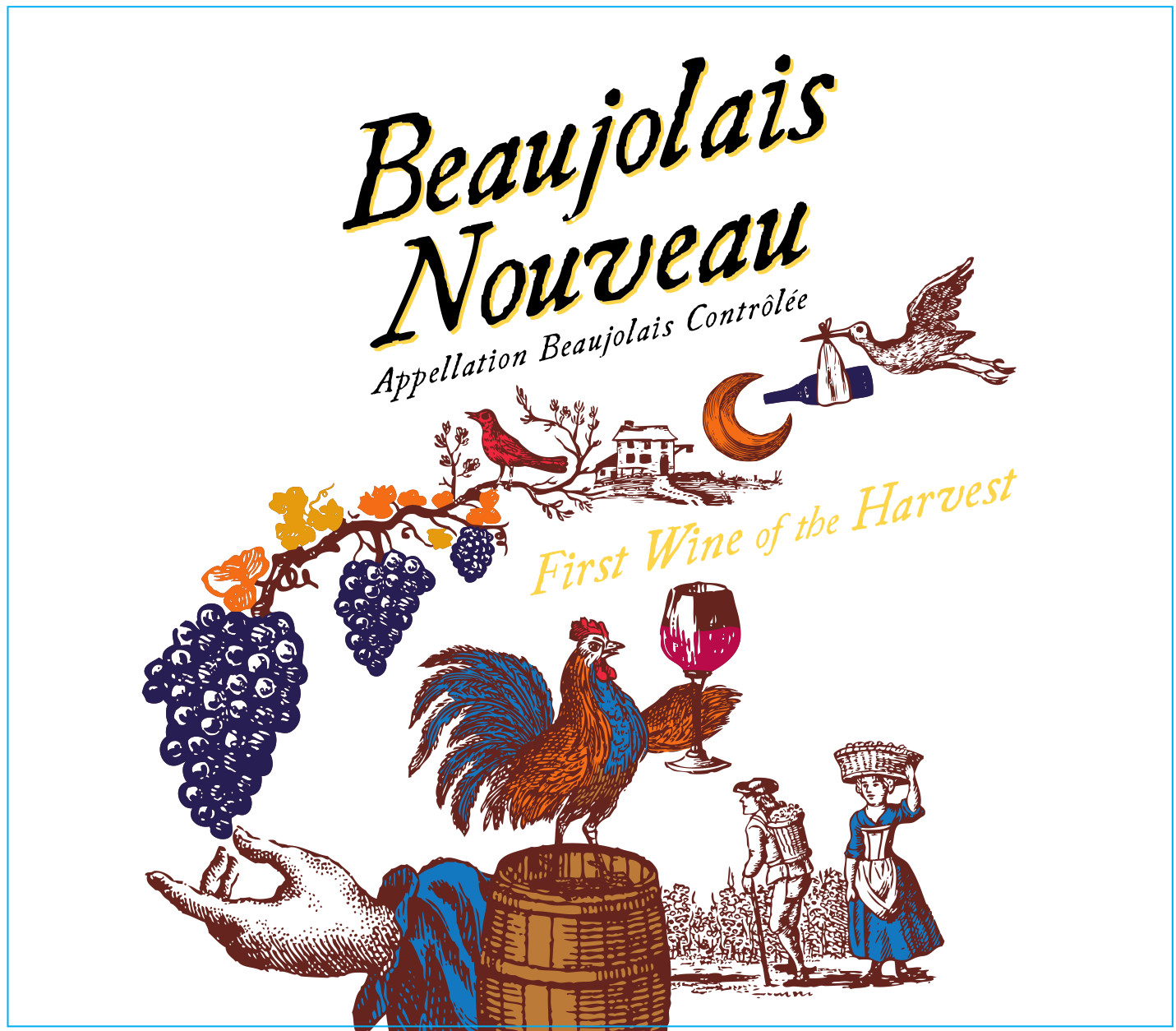The
McPherson MWC wines were shared with a collection of wine writers in a Twitter-based tasting session. Winemaker
Jo Nash was on hand to give us all the information we craved. Nash celebrated her fifth year as the head of the cellar at McPherson in 2016. She’s also married to a winemaker and they have a brood of grape-stomping kids at home.
Andrew McPherson's family started the wine business in 1968 in New South Wales. In 2000, he found some land he liked near Nagambie in central Victoria and that’s where the winery is today.
Victoria is the Australian state in the extreme southeastern part of the land mass, just north of Bass Strait from Tasmania. This location results in a cooler expression than you may be used to with Australian wine. Their Sinclair Vineyard, along the Goulburn River sits next to the winery. The Croftwood Vineyard is in the huge Murray Darling region.
The MWC line was introduced two years ago and is just now making its breakthrough in the U.S. They call the wines "rustic" and say they are, "soft, savoury, earthy styles with a European influence."
The video stream featured Nash live in Australia with
Henry Hudson of Hudson Wine Brokers. It was 5 p.m. in L.A., but 11 a.m. in Victoria. It was noted that it's always 5:00 somewhere.
Jo talked a bit about her inspiration. Like a lot of wine folks, she worked in bars and restaurants in college, tasting lots of wine along the way. Then, a trip to Europe prompted a winemaking class. Hooked.
As far as grapes go, she says she likes Chardonnay and Shiraz the best, and she works a lot with both of them. She tries to "capture the grape's varietal expression in the glass" and likes to "allow the vintage to speak in the wines." She credits her status as a female for causing her to be attracted to more elegant, balanced wines. "Cooler climate means slower ripening," she explains of the weather in her part of Victoria. The Australian state is about the size of Oregon.
How does she like having her creations under a screw cap? "We steered away from cork due to inconsistency," she said, while Hudson noted that "almost all the 45 wines we bring in are under screwcap." Tom chimed in that he has “seen waiters who looked like they wished there was a screw cap” on a bottle that was giving them trouble.
Hudson thinks the Shiraz/Mourvèdre is a good wine to make people think of something other than the jammy style people may expect from Australia.
The MWC Shiraz/Mourvèdre 2014 is 93% Shiraz, 5% Mourvèdre and 2% Viognier, although the label omits the Viognier and calls it 95% Shiraz. It gets between six and 12 months in French oak. Alcohol sits at 14% abv and the wine retails for about $20.
This Shiraz/Mourvèdre blend has big fruit on the nose - cherry, black cherry - with notes of campfire smoke and lavender popping in. It's medium dark in color, but gets a bit deeper on the palate. Fruity, definitely, but not a bomb. In fact, there are dark savory flavors carrying the black cherry flavors along. The finish is savory and quite long-lasting. Acidity is nice and fresh, and the tannic structure is firm.
Follow Randy Fuller on Twitter

